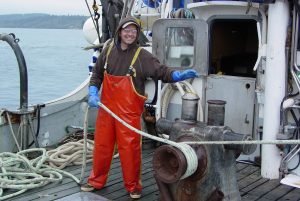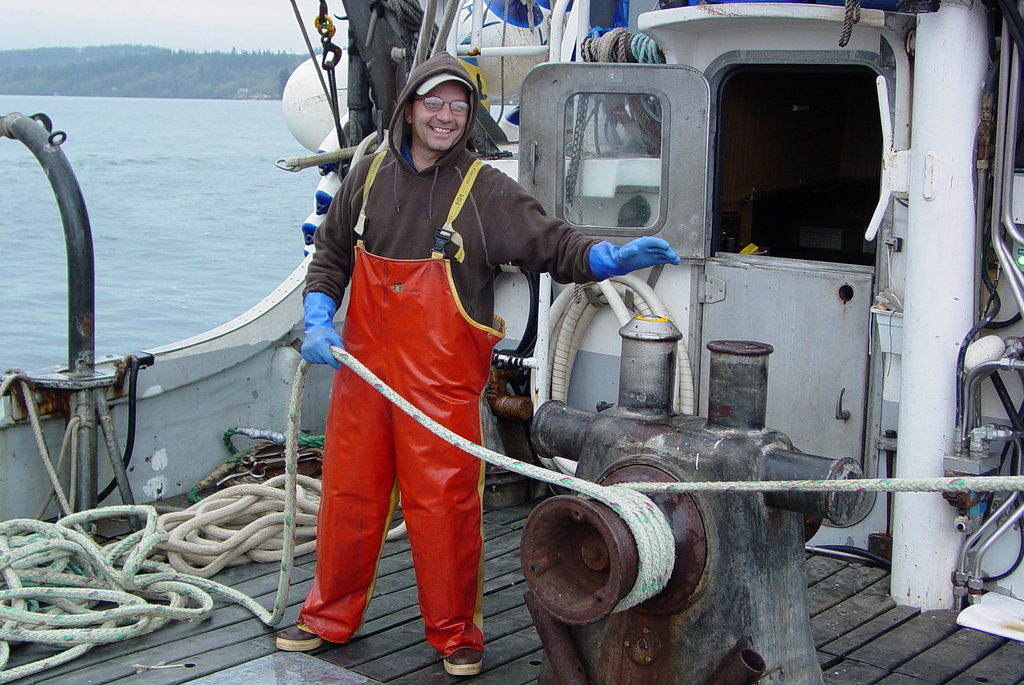The Dangers of Commercial Fishing Winches
 Within Alaska’s commercial fishing industry, deck machinery has emerged as a leading source of serious injuries, with winches being a major culprit. In a study prepared by the U.S. Centers for Disease Control and Prevention and published in the Journal of Agromedicine, Volume 28, 2023 – Issue 3, injury data from the past 20 years was analyzed and used to highlight the critical need to develop targeted safety measures.
Within Alaska’s commercial fishing industry, deck machinery has emerged as a leading source of serious injuries, with winches being a major culprit. In a study prepared by the U.S. Centers for Disease Control and Prevention and published in the Journal of Agromedicine, Volume 28, 2023 – Issue 3, injury data from the past 20 years was analyzed and used to highlight the critical need to develop targeted safety measures.
The study reviewed injury claims submitted to the Alaska Fisherman’s Fund (AFF) between January 1, 2000, and November 1, 2020. Researchers identified 125 traumatic injuries caused by commercial fishing winches, revealing alarming patterns of injury and highlighting the need for practical solutions.
The vast majority of winch-related injuries occurred among male fishermen, who accounted for 94% of the cases. A significant proportion (54%) were under the age of 30, emphasizing the vulnerability of younger, less experienced workers. Over 80% of the injuries took place in Alaska’s salmon fisheries, with specific risks depending on the type of gear in use.
 Maritime Injury Law Blog
Maritime Injury Law Blog



